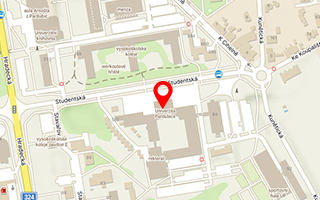Publikace detail
Analysis of GPR and FWD Data Dependency Based on Road Test Field Surveys
Autoři:
Borecký Vladislav | Haburaj František | Artagan Salih Serkan | Řoutil Ladislav
Rok: 2019
Druh publikace: článek v odborném periodiku
Název zdroje: Materials Evaluation
Název nakladatele: American Society for Nondestructive Testing.
Místo vydání: Columbus
Strana od-do: 214-225
